A well-functioning one Nerve-muscle interaction is the basic requirement for the functionality of the movement system. A disruption inevitably leads to a loss of functional functions and considerable restrictions on the possibilities for activity.
What is the nerve-muscle interaction?

The proper interaction between nerves and muscles is the basic requirement for the execution of well-coordinated movements and adequate stabilization activities. The nervous system takes on the functions of control and information transfer. The muscles are the executive organs.
Movement impulses are generated in the motor centers of the cerebral cortex, where different brain areas represent and supply the various body regions. The movement commands that are necessary to carry out a movement program are passed from there via the nerve tracts of the so-called pyramidal system to the respective segments of the spinal cord. There they are switched and sent in the periphery to the muscles that are responsible for the execution.
In dynamic actions, the opponents (antagonists) are simultaneously inhibited at the spinal cord level. The nerve stimulus finally reaches the muscles via many motor end plates and is passed on to the inside of the muscle cell via the membrane system. There the electrical stimulus is converted into a chemical one, which results in the calcium stored in vesicles being released into the cell interior. If the calcium concentration exceeds a certain threshold, the contraction takes place in the muscle cell with energy consumption and through summation in the entire muscle.
Function & task
The generation of movement commands and the initiation of movement programs in the central nervous system are clearly goal-oriented and not muscle-oriented. The motor centers of our brain think in functional contexts. When planning movement sequences, athletes therefore always focus their thoughts on the movement goal and not on the muscles that are supposed to be active.
Our exercise programs are designed in such a way that the acting muscles (agonists) are automatically activated when moving and the antagonists are inhibited so as not to hinder the action. When there is a need for stabilization, the same muscle groups can work together as synergists, for example to stabilize joints. A typical movement process in which both processes occur is walking. In the swing leg phase, the knee extensors are activated at the end while the flexors are inhibited at the same time. In the standing leg phase, both muscle groups work together to stabilize and center the knee joint during the pressure load.
The contraction activity of individual muscles or muscle groups can be graded, modified and controlled in various ways. This happens on the one hand through the spatial and temporal control of the motor units. Every motor nerve has thousands of nerve fibers and every single one of them distributes its impulses to several motor end plates, which are never all controlled at the same time, but always with a time delay.
The motor program determines which (recruiting) and how many per unit of time (frequency) are activated. The strength of the contraction can thus be graduated.
The lowest level of control is taken over by the receptors in the tendons (Golgi tendon organ) and the muscle spindles. They measure changes in length and tension in the muscles and report them to the spinal cord via sensitive nerve fibers. If the signals are very strong, this means there is a risk of injury to the muscle and the contraction in the muscle is reduced or stopped.
The control and fine tuning of muscle activity is done by the extrapyramidal system, especially the cerebellum. It constantly receives information about the course of the movement processes and compares this with stored programs and information from other brain centers. Any deviations are modified to ensure coordinated processes.
You can find your medication here
➔ Medicines for muscle weaknessIllnesses & ailments
The nerve-muscle interaction can be impaired by all diseases that affect either the ability of the muscles to contract or the nervous system.
At the muscle level, these are mainly diseases that affect the supply of energy sources or minerals or cause structural changes in the composition of the tissue.
In the context of diabetes, on the one hand the absorption of glucose into the muscle cells is disturbed and on the other hand the breakdown of fats is blocked. As a result, the body does not have enough energy available for contractions when required, which manifests itself in a reduction in performance and rapid fatigue of the muscles during exertion.
Muscles that are not used or not used for a long time and during which time mainly remain in an approximate position gradually lose their ability to stretch. Initially, this process is still reversible, but at some point it will no longer be possible. Contractile units are shut down and remodeled so that they retain the same properties as connective tissue. The muscle not only loses its elasticity, but also its strength.
Calcium deficiency can result from a reduced intake through food or as a result of diseases that either make absorption difficult or cause increased excretion. The consequences for the muscles can be cramps because there is not enough calcium available to relieve the contraction.
Neurological diseases that damage motor nerve conduction have a significant negative impact on muscle activity. In the case of nerve injuries, the entire nerve cable or parts of it is severed or pressure-damaged. Depending on the severity, no or only a few stimuli can then reach the muscle, resulting in complete or incomplete paralysis.
In polyneuropathy, the insulating layer of the nerve lines, the so-called myelin sheaths, is damaged. The electrical information carried through this system is lost on the way to the muscles. You can only develop little or no more strength. In this disease, sensory disturbances often arise as the sensitive nerve fibers are also affected.
The same applies to multiple sclerosis, which, however, can also lead to coordinative disorders of muscle activity, since not only the peripheral nerves but also the central nervous system are affected.


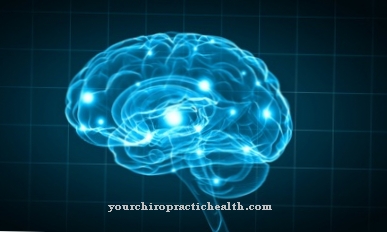

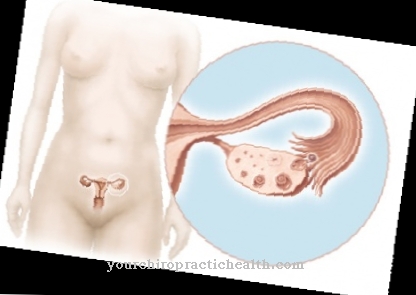







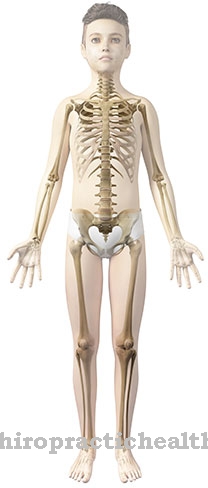



.jpg)


.jpg)

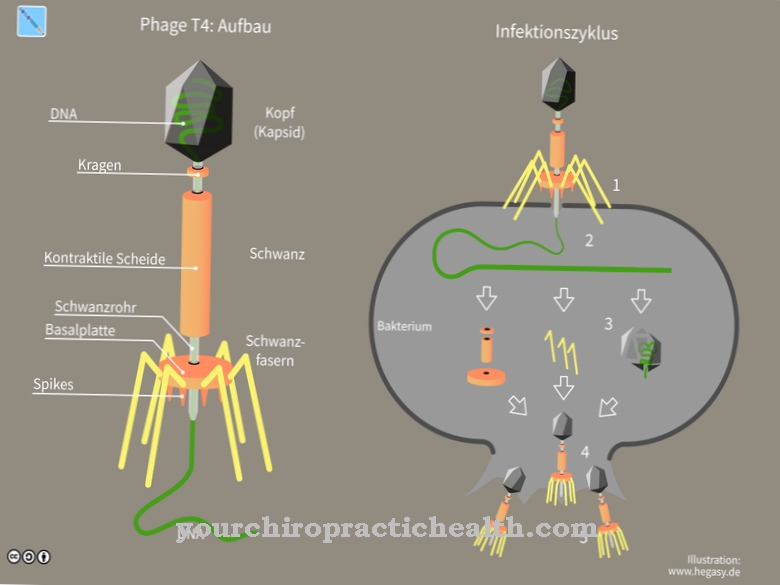
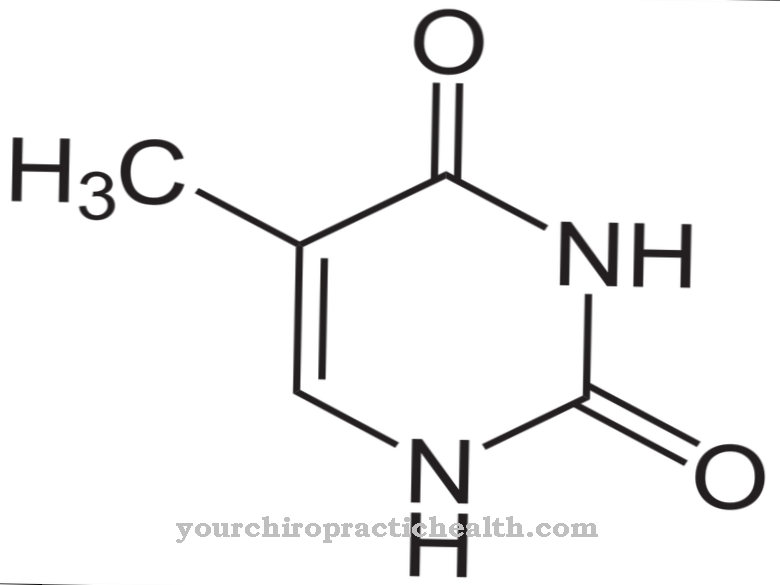
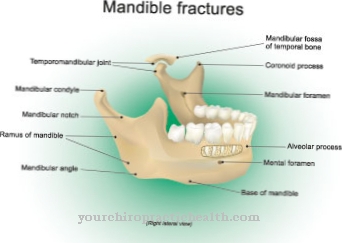


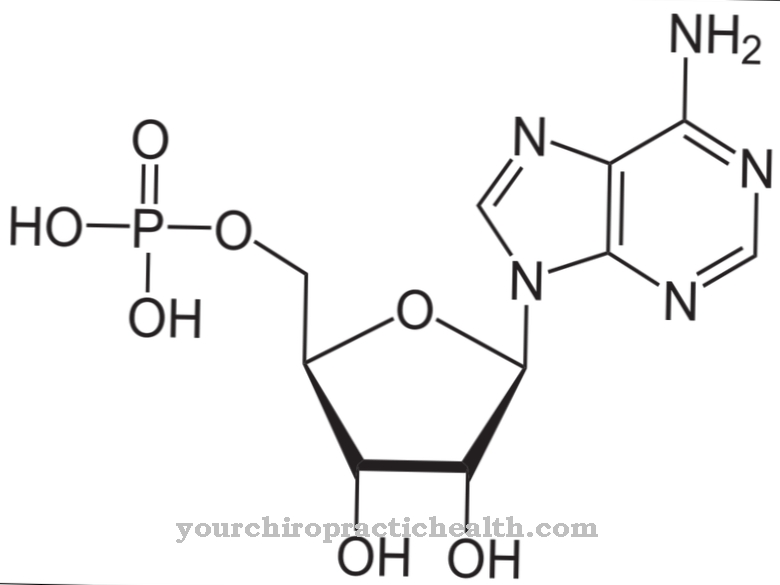
.jpg)
